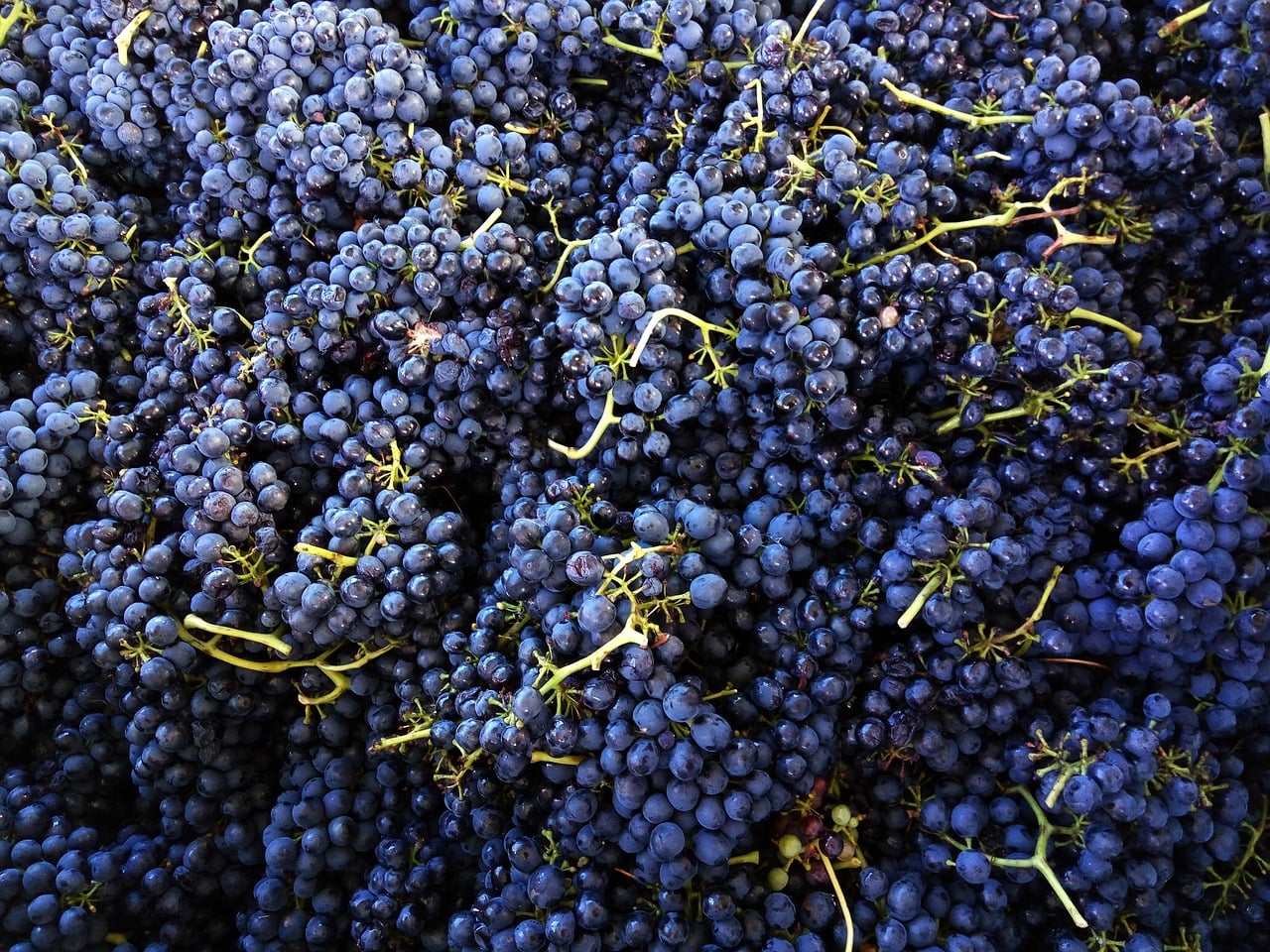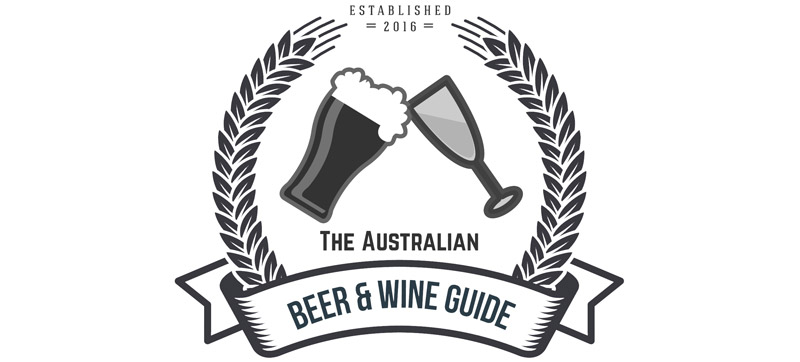The names are similar. In fact, Syrah and Shiraz wines are made from the same variety of red grape. This leads many people to believe they are the same red wine with different names – called Syrah in France (and almost everywhere else) and Shiraz in Australia. However, as important as the grape is to wine production, it’s not the only thing that determines the taste. So what else is involved? Let’s backtrack a little and investigate Syrah and Shiraz.
Syrah history
There is a long-held belief that the Syrah grape originated in Persia where it was cultivated for thousands of years before being transported to the Rhone region of France sometime around 600 BC. There is no documented evidence backing up this legend however, and recent DNA testing hints at French origins of the Syrah grape variety.
Syrah became famous in Tain-l’Hermitage located in northern Rhone, a region with a history of excellent winemaking dating back many centuries. After a lull during the early 20th century, the Rhone region wines were ‘rediscovered’ and French plantings increased tenfold in a matter of a few decades. Hermitage wines are still popular today, and by the turn of the 21st Century, Syrah entered into the top ten grape varieties planted worldwide.
Syrah characteristics
Syrah wine originating in the Rhone region (and in similar climates) is herbaceous and elegant, medium to full-bodied, with quite high levels of tannins. A hint of mint, black pepper and blackberry flavours are also commonly noted.

Shiraz history
In 1831, an Australian/Scotsman named James Busby, a founding father of Australian viticulture, ventured back to Europe in search of vine cuttings suitable for introduction to Australia. Busby returned to Australia with Syrah cuttings among his haul, which were planted in the Sydney Botanical Gardens and the Hunter Region to the north-west of Sydney. Within three decades Syrah became an important grape variety throughout Australia’s premier wine growing regions. The origin of the name Shiraz, as used in Australia, is undetermined, although it could be a direct reference to the Persian city of Shiraz and the possible origin of the grape variety. The name might also be an offshoot of Sycras or Ciras – names that Busby initially used.
For a long period of time, Shiraz was more popularly known as Hermitage in Australia. Since the late 1980’s, this naming practice has been stopped as ‘Hermitage’ is a French Protected designation of origin, and Australian Hermitage export markets suffered. The name change had no negative effect on production though, and along with the world’s oldest commercially productive Shiraz vines, Australia is second only to France in overall syrah/shiraz production. Penfolds “Grange” is an example of highly acclaimed Australian Shiraz.
Shiraz characteristics
The warmer Australian growing climate is responsible for the flavours that make Shiraz very different to Syrah. Shiraz is fruit-driven and less tannic. It is also usually higher in alcohol content, has a slightly sweet impression, and is often considered rich, burly, jammy or chocolatey.
Other tastes
Syrah/Shiraz is used in production of several other wine styles including rose wine, fortified wine and sparkling red wine. Australian winemakers produce both sparkling Shiraz and full-bodied dry Shiraz. Syrah wine lends itself remarkably well to ageing for 15 years or more due to its high tannin content. It also has one of the highest recommended wine serving temperature of 18 degrees Celsius.
The mild temperate climate of the French Rhone region is radically different to the hot and often humid Australian summer, resulting in a completely different grape product. Which style is better – Syrah or Shiraz? It’s really just a matter of personal preference. Both are highly praised around the world, and the best way to decide for yourself is to open a bottle or two and sample the deliciously different flavours.
And next time someone tries to tell you that Syrah and Shiraz are the same, you will be well informed to set the record straight.





No Comments